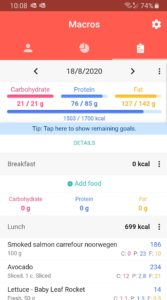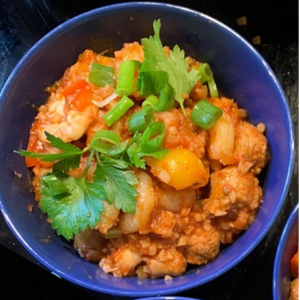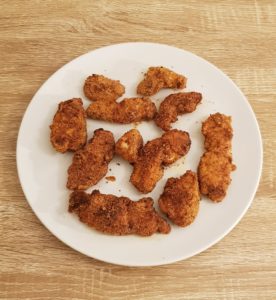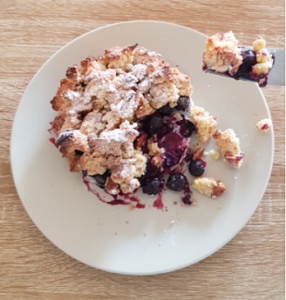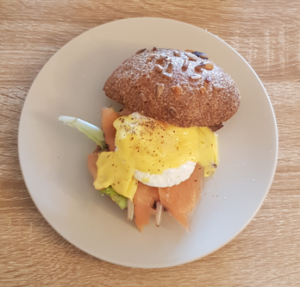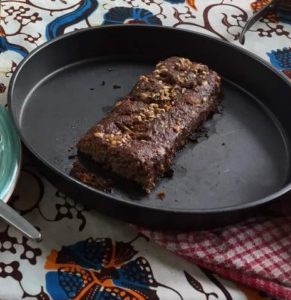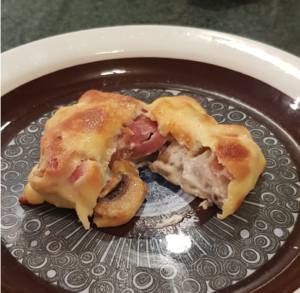Keto recipes
Welcome to our page with more information on the Keto diet and of course with loads of delicious Keto recipes for all levels.
People who know me, know that I have been struggling with my weight for almost all my life, with periods weighing over 95 kilos and my lightest 72 kilos (I am quite tall ;-)) after traveling for one year in South and Central America. Of course I would love to weigh 72 kilo’s again. The Keto diets is the one diet that I have tried that immediately gave great results.
For me personally, I do not want to be on a Keto diet all year round, because I love to eat other vegetables and fruits that are not allowed on Keto and I do feel that a variation in vitamins and nutrition adds to a healthy lifestyle. So I use the Keto diet whenever needed for a couple of months to get back in shape, for example after my favorite time of the year…Christmas and New Year.

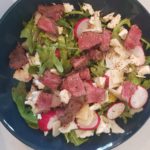




What are Macros in a Keto Diet?
When you read about the Keto diet, you will come across the term “macro”, which is short for macronutrient.
There are 3 categories of nutrients you eat the most and provide you with most of your energy: carbohydrates, protein and fats. So when you’re counting your macros, you’re counting the grams of carbs, proteins and fat that you’re consuming per meal.
Carbs: The purpose of the ketogenic diet is to stop your body from relying on carbohydrates (sugar) for energy and instead force it to burn fat from your diet and your body. To do this, you must severely limit your carbohydrate intake. Though the total amount of carbohydrates a person can eat while maintaining ketosis varies from person to person, it’s widely accepted that nearly everyone can reach ketosis if you eat moderate protein and restrict carbohydrates to 20 grams per day while starting your ketogenic diet.
Protein: Protein is the building block of human muscle mass. So, if you don’t eat enough protein, you may lose muscle mass. On the other hand, eating too much protein can result in your body converting the excess to glycogen (carbohydrate) and thus possibly get you out of a state of ketosis.
Fat: Fat is very important on a Keto diet, as it is your new primary source of fuel (rather than carbs). To eat a lot of healthy fat is therefore essential to get into a state of ketosis.
Macro overview in our Keto recipes
To help you on your way, we provide an estimate of the amount of carbs, protein and fat in all out Keto recipes. In a table, we add all the ingredients and the respective macros.
You can easily transfer them to your macro app. Since there is a difference in macros even for the same products from a different brand, the actual macros can differ a bit.
However, we feel this overview can help you decide to go for a recipe or not. Or maybe helps you to see if an ingredient can be left out or be replaced for another ingredient if you are restricted that day to eat more carbs, protein or fat.
Below you can find an example of the Macros in our Keto Butternut Squash Soup.
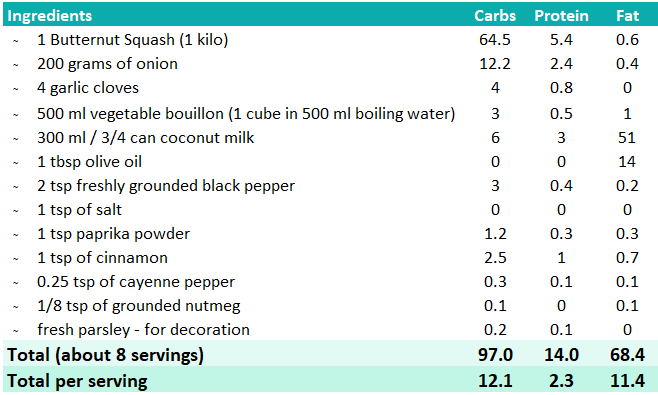
How many macros can I eat on a ketogenic diet
There is no standard amount of macros a person should eat, because this is different from person to person. Furthermore, it also depends on your height, weight, activity level, age and your personal goals (for example loosing weight or gaining muscle).
A keto diet, generally keeps the ratios at 5% carbs, 20% protein and 70% fat.
Keeping track of your macros can help you make smarter and healthier choices about what you eat. It is similar to counting calories or points.
In the Macros App (see section below), which can help you keep track of your daily intake, there is also a function to calculate your macros (average grams of carbs, protein and fat a day).
Registering your Macros in an app
The best thing about the Keto diets for me is that you are not hungry at all, if you do it the CORRECT way. It is essential to record your macros and ensure that you get enough healthy fat (olive oil, salmon, avocado, nuts) to cover for the loss in carbs. If not, you will feel hungry and cranky and you could easily develop the Keto flu.
I use an app called Macros (for Android), where you can register your food intake per item and weight and can also add your own food items. After filling out your details, it is easy to monitor how many grams of carbs, protein and fat you can still eat that day. Below is an example of my daily intake:
